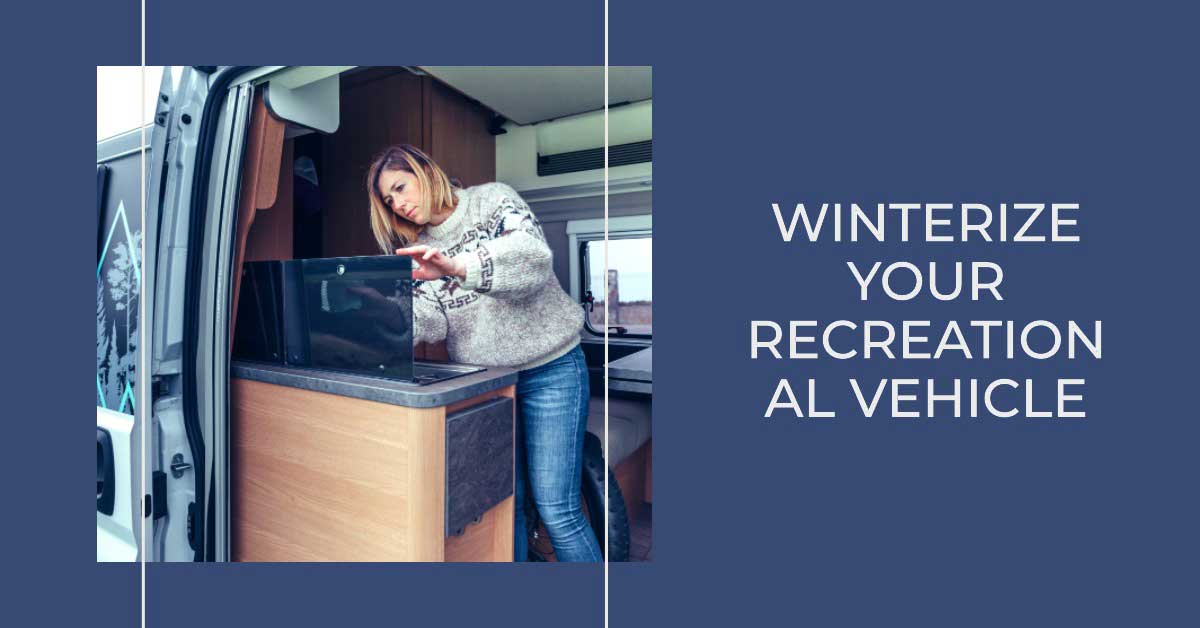Imagine the anticipation of your first spring adventure, only to open your RV door and discover the remnants of winter’s wrath: burst pipes, moldy interiors, and an engine that refuses to start. It’s a gut-wrenching realization that skipping thorough winterizing has consequences. This article delves deep into the essential steps and technical aspects to consider when preparing your RV for winter, ensuring you’re not left with unpleasant surprises.
Transitioning into Winter
As the days get shorter and the nights cooler, it’s not just about ticking items off a list. It’s about understanding each process, being thorough, and avoiding the pitfalls that come with hurried preparations. The best transitions into winter involve careful planning, often starting a few weeks before the onset of continuous cold weather.
At the core of understanding winter storage lies the knowledge of why RVs are so susceptible in colder conditions. Many RV components, from water pipes to the engine, are made from materials that contract and expand with temperature changes. Metal and plastic components can contract in colder temperatures, leading to potential cracks or malfunctions. The interiors, especially if left damp, are breeding grounds for mold and mildew due to condensation.
Locals who have done this for a few seasons suggest starting the winterization process before the first frost. This provides ample time to address any issues that might crop up and ensures your RV is ready to face the season head-on.
Your Comprehensive Winterizing Checklist
- Interior Moisture Check: Inspect the entire RV for damp spots. Deploy moisture absorbers or dehumidifiers in areas prone to dampness.
- Battery Storage: Remove the battery, clean the terminals, and store it in a cool, dry place. Regularly charge it throughout the winter to maintain its lifespan.
- Tire Maintenance: Inflate tires to the recommended pressure, and consider using tire covers to protect them from UV rays and the elements.
- Plumbing Precautions:
- Drain all water tanks, including the freshwater, gray, and black tanks.
- Open all faucets and drain the water system using the low-point drains.
- Use RV-specific antifreeze in the plumbing system. Pour a few cups down each drain to protect the traps.
- Engine and Fuel: Add a fuel stabilizer to the gas tank, run the engine for a few minutes to circulate the stabilizer, then fill the tank to prevent condensation.
- Exterior Inspection: Check the exterior for cracks or holes. Seal any openings with appropriate sealants. Don’t forget the roof!
- Ventilation: Ensure that all vents are closed, but consider using vent covers instead of sealing them entirely to allow for some airflow and prevent condensation.
- Refrigerator: Defrost the freezer and refrigerator. Clean them thoroughly and leave the doors open to prevent mold.
- Propane System: Turn off the propane supply and cover the tank to protect it from the elements. Check for any leaks in the system.
- Pest Prevention: Seal potential openings and consider using natural repellents or deterrents to keep rodents away.
- Climate Control: If possible, use an RV cover that allows for breathability. This protects the RV from UV rays, snow, and rain, but also allows moisture to escape, preventing mold and mildew.
- Personal Items: Remove all perishable items, liquids that can freeze, and any valuables. Consider using this time to declutter and organize.
With this checklist in hand, you’ll be well-prepared to tackle the winter season and ensure your recreational vehicle remains in optimal condition and ready come spring 2024.
Concluding Thoughts
A properly winterized RV is like a well-sealed time capsule. Come spring, you’re ready to hit the road without dealing with avoidable problems. Your vehicle is an investment, not just in terms of money but in the memories you make. Proper winter preparation ensures that your adventures continue seamlessly, season after season.
For those keen on learning more or diving deeper into any particular aspect of winterization, don’t hesitate to consult RV communities or seek advice from local experts. Remember, a well-prepared RV owner is a happy RV owner. Safe travels!
While prepping your recreational vehical for the winter and find an issue with the body work, give Downtown Collision a call. We have the largest paint booth in Sonoma County that is 80′ tall to accomodate the largest of RV’s, buses and trucks.

